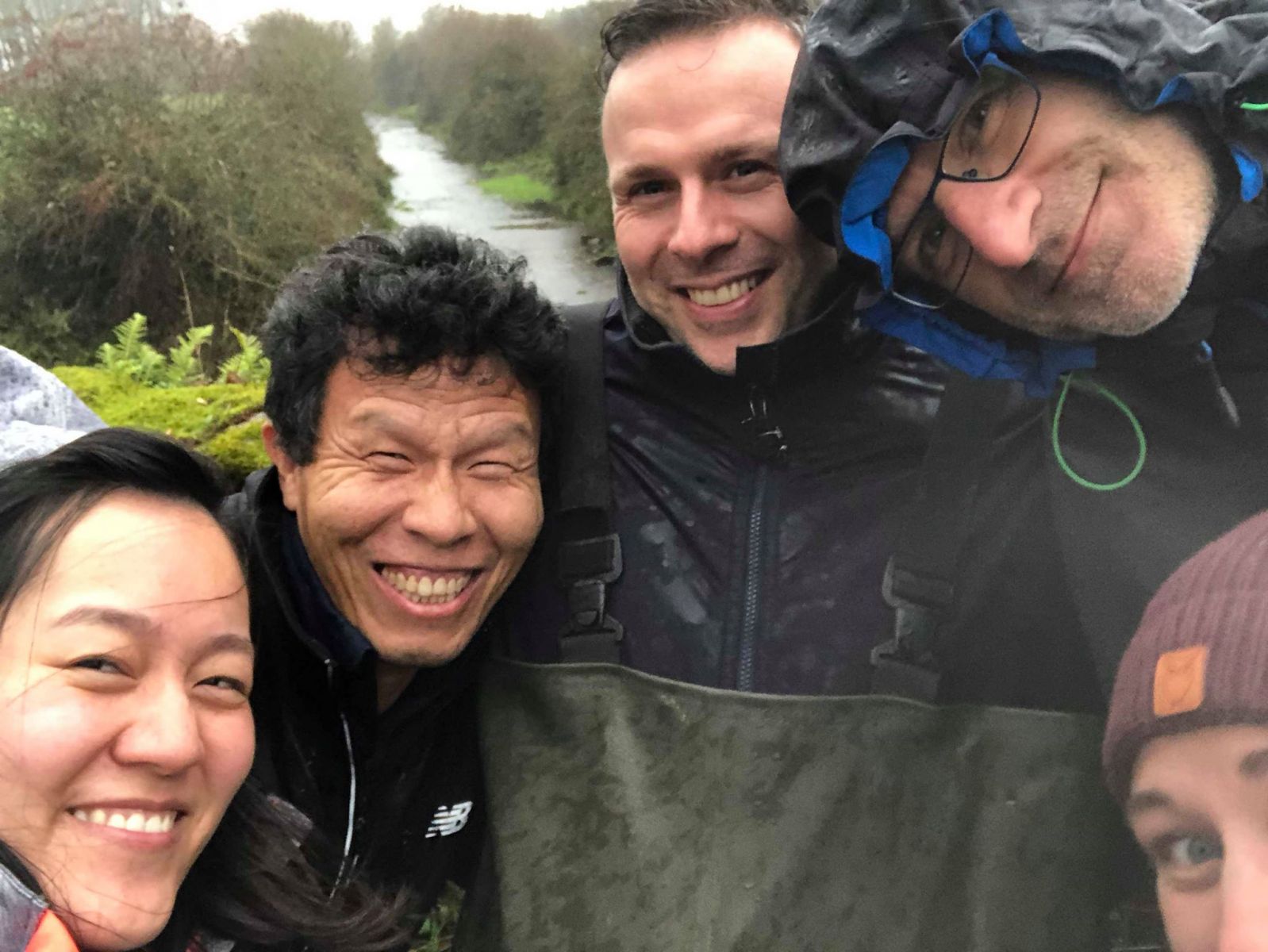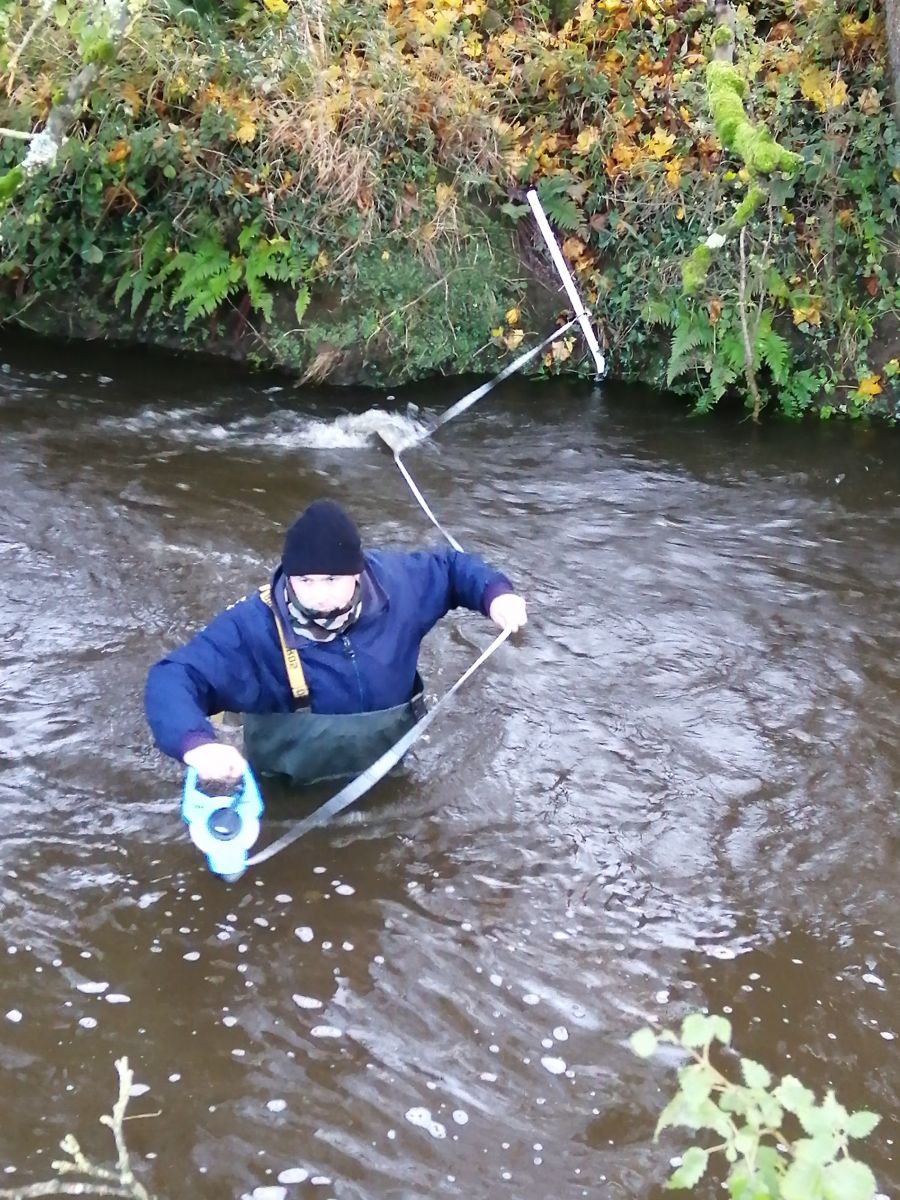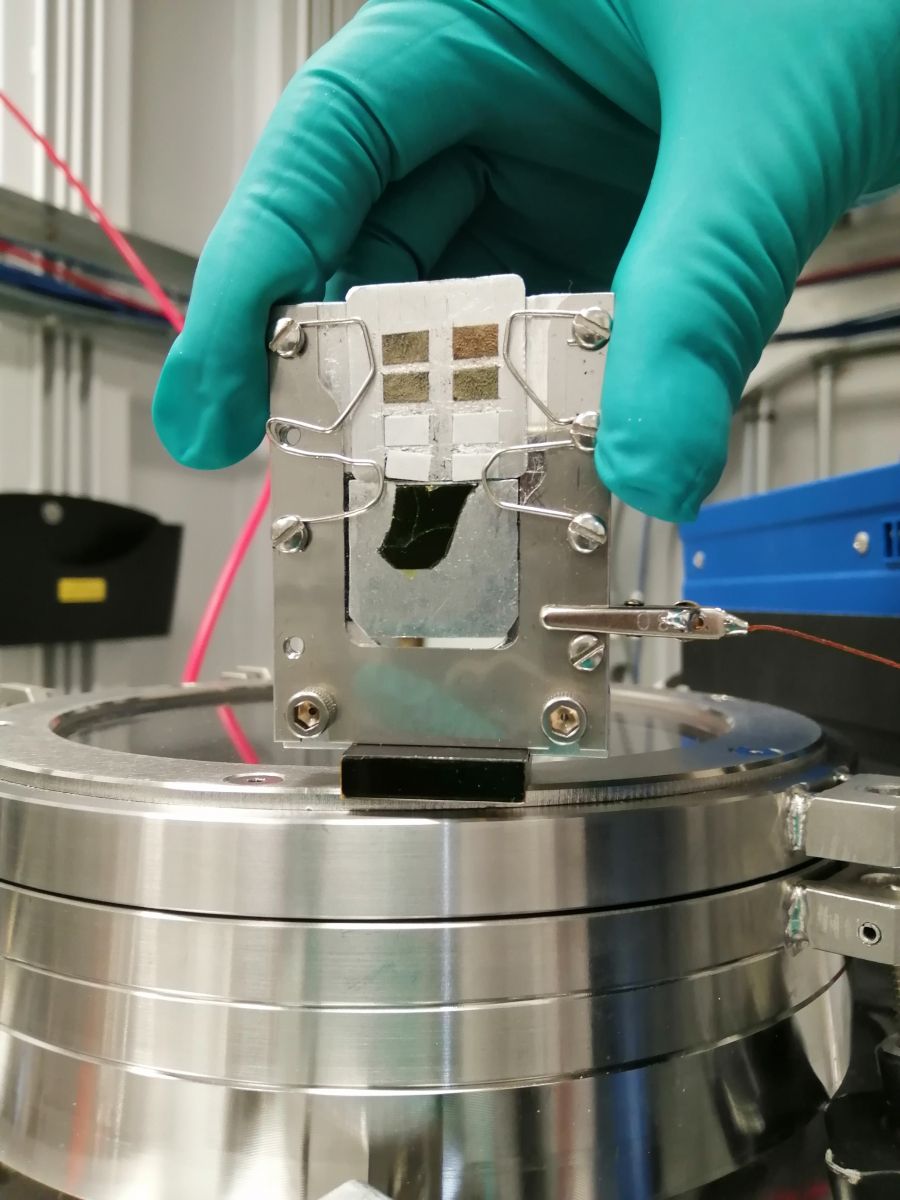Shining a light on the past
Using the Canadian Light Source, Trinity College Dublin researchers have studied long term phosphorus storage and release in environmental systems, information help guide water quality management.
By Victoria MartinezA narrow river surrounded by reeds and vegetation.
Trinity College Dublin researchers study phosphorous cycling and water quality

Using the Canadian Light Source at the University of Saskatchewan, Trinity College Dublin researchers have studied long term phosphorus storage and release in environmental systems, information which can help guide water quality management.
Phosphorus applied to agricultural crops is stored in various mineral and organic forms. This accumulated phosphorus is termed “legacy phosphorus” and can take decades to eventually mineralize and leach back into aquatic systems in a form living things can use.
“Phosphorus in lake and river systems is being recycled back into the water column degrading water quality through weed and algal growth cycles which can initially be exacerbated if phosphate inputs are stopped or significantly reduced” said Dr. David O’Connell, Assistant Professor of Contaminant Hydrology and Hydrogeology at Trinity College Dublin.
He recently published two papers with international collaborators that explore legacy phosphorus in river and lake systems, elucidating the processes and mechanisms through which phosphorus is stored and released in these systems over the long term.

“In many parts of the world policy makers are asking ‘why do we not see an immediate improvement in water quality in many of the rivers and lakes where attenuation actions are put in place, what’s going on?’” says Dr. O’Connell. what is happening is bioavailable phosphorus is being leached from sedimentary legacy phosphorus sources."
Along with traditional sequential extraction techniques, advanced spectroscopic methods including synchrotron spectroscopy may be applied to investigate how phosphorus and other nutrients are stored and released by sediment in aquatic systems. O’Connell’s work has involved use of the CLS facility to get more granular data.
“A lot of people think that these sequential extractions are absolute, but they’re not. If you want to get that greater level of detail for relevant inorganic pools, you need to use an advanced technique such as synchrotron spectroscopy. Particularly, measuring samples on the SXRMB beamline at the CLS can really give a more refined picture of what’s happening in terms of phosphorus speciation,” says O’Connell.
O’Connell has been studying phosphorus cycling in water and sediment systems coupled with synchrotron spectroscopy since his time as a research associate at the University of Waterloo as part of the Ecohydrology Research Group. Since then he has built a strong research program alongside CLS collaborator Yongfeng Hu, collaborators from the Swedish University of Agriculture, and other institutions.
“The CLS is an advanced tool which may be applied to study this problem, and it allows us to ask the right questions;” says Hu.
The team recently completed a project focusing on artificial phosphorus additions over a 40-year period to Lake 227 at the IISD experimental lake area in Canada. One of the many significant results showed that humic iron oxide complexes with phosphorus are quite important because they remain persistent sources of legacy phosphorus over the long term.

The team estimates that if all phosphorus additions were stopped it would take approximately 70 years for all phosphorous to be released. Another recent study called Eutro-SED examined legacy particulate phosphorus reactivity within fluvial suspended sediments in agricultural catchments in Ireland and Sweden has indicated humic calcium oxide complexes with phosphorus may be an important mobile legacy phosphorus pool.
“With the global intensification in agricultural production there’s a lot more phosphorus spread on the land in the form of manure and artificial fertilizers which can result in issues related to legacy phosphorus in nearby aquatic systems. A lot of good work is being done in attempting to tackle this issue and the fact that legacy phosphorus can take time to leach from impacted systems means the benefits of abatement measures will not be evident immediately so we must be patient. We need to consider the biogeochemistry and stay the course to improve our water quality”
Overall the findings will enable researchers to develop better techniques for agricultural management, nutrient control and recovery to help protect our waterways from phosphorus enrichment and degradation of water quality.
Zhang, Qingxin, Mackenzie Wieler, David O’Connell, Laurence Gill, Qunfeng Xiao, and Yongfeng Hu. "Speciation of Phosphorus from Suspended Sediment Studied by Bulk and Micro-XANES." Soil Systems 4, no. 3 (2020): 51. DOI: 10.3390/soilsystems4030051
O'Connell, D. W., Nienke Ansems, Ravi K. Kukkadapu, D. Jaisi, D. M. Orihel, B. J. Cade?Menun, Yongfeng Hu et al. "Changes in sedimentary phosphorus burial following artificial eutrophication of Lake 227, Experimental Lakes Area, Ontario, Canada." Journal of Geophysical Research: Biogeosciences 125, no. 8 (2020): e2020JG005713.DOI: 10.1029/2020JG005713
For more information, contact:
Victoria Martinez
Communications Coordinator
Canadian Light Source
306-657-3771
victoria.martinez@lightsource.ca
